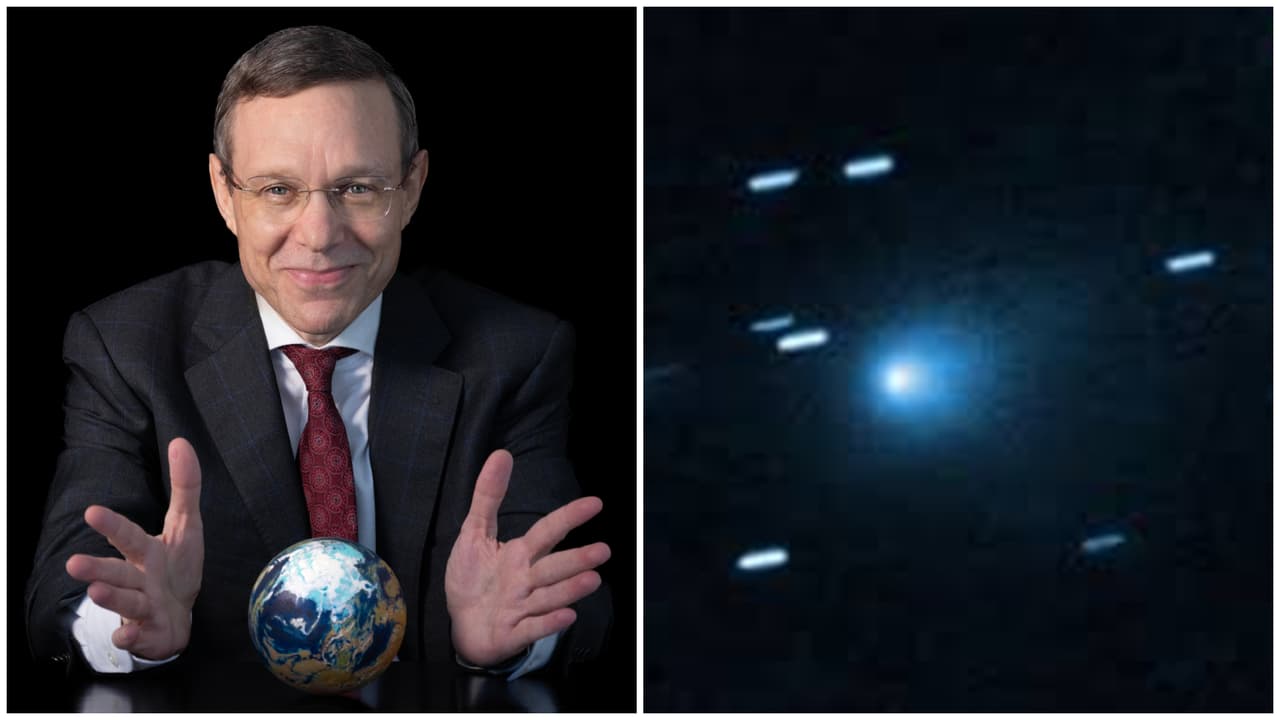A Harvard astronomer is suggesting that an interstellar object nearing Earth could be an engineered object — rather than a natural one — after making similar claims in in 2023 and 2017.
Interstellar object 3I/ATLAS — which is zooming through our inner solar system has sparked fiery debate after a leading Harvard astronomer suggested it may not be a mere rock — but something far more enigmatic. Avi Loeb, chair of Harvard’s astronomy department told CNN that the Interstellar object, might bear hallmarks of an engineered object, possibly of alien origin. “The brightness of the object implies a diameter of 20 km, and there is not enough rocky material in interstellar space to deliver such a giant object per decade,” Loeb explained. He further noted, “It takes 10,000 years for that much mass to arrive to the inner part of the solar system.”
Loeb highlighted that the object will pass closest to Earth when our planet is shielded by the Sun. “We won’t be able to observe it, but that’s the perfect time for it to maneuver, and so we just need to watch it,” he said.
Scroll to load tweet…
The astronomer, who has long argued that humanity must scrutinize cosmic interlopers with caution, emphasized that the unusual glow surrounding 31/ATLAS defies normal cometary behavior. “I’m not saying it’s an alien technology,” Loeb said. “I’m just saying it doesn’t look like a very common thing, and actually, the glow that is around this object, usually for comets, you see a trailing tail behind the object and here the glow from the Hubble Space Telescope image is actually in front of the object. We’ve never seen such a thing.”
“[31/ATLAS] may come to save us or destroy us. We’d better be ready for both options and check whether all interstellar objects are rocks,” Loeb’s warned.
The cosmic visitor, estimated to span over 12 miles, first made headlines in July when scientists confirmed its origin beyond our solar system — making it only the third known interstellar object discovered in human history.
In 2023, Loeb claimed a meteor retrieved from the Pacific Ocean contained unusual metallic alloys suggestive of an extraterrestrial source — a claim met with skepticism from peers. Years earlier, in 2017, Loeb made waves after proposing that the first interstellar object ever detected, ʻOumuamua, might have been propelled by a “light sail,” a technology that could capture solar energy for navigation.
